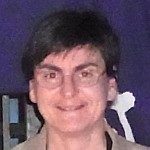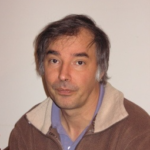Link to Pubmed [PMID] – 36423812
Link to DOI – 10.1016/j.mcpro.2022.100451
Mol Cell Proteomics 2022 Nov; (): 100451
Dimerization of SRC Kinase Adaptor Phosphoprotein 2 (SKAP2) induces an increase of binding for most SRC kinases suggesting a fine-tuning with trans-phosphorylation for kinase activation. This work addresses the molecular basis of SKAP2-mediated SRC kinase regulation through the lens of their interaction capacities. By combining a luciferase complementation assay and extensive site-directed mutagenesis, we demonstrated that SKAP2 interacts with SRC kinases through a modular organization depending both on their phosphorylation-dependent activation and subcellular localization. SKAP2 contains three interacting modules consisting in the dimerization (DIM) domain, the SRC homology 3 (SH3) domain, and the second inter-domain located between the pleckstrin homology (PH) and the SH3 domains. Functionally, the DIM domain is necessary and sufficient to bind to most activated and myristyl SRC kinases. In contrast, the three modules are necessary to bind SRC kinases at their steady state. The PH and SH3 domains of SKAP2 as well as tyrosines located in the interdomains modulate these interactions. Analysis of mutants of the SRC kinase family member HCK supports this model and shows the role of two residues, Y390 and K7, on its degradation following activation. In this article, we show that a modular architecture of SKAP2 drives its interaction with SRC kinases, with the binding capacity of each module depending on both their localization and phosphorylation state activation. This work opens new perspectives on the molecular mechanisms of SRC kinases activation, which could have significant therapeutic impact.







